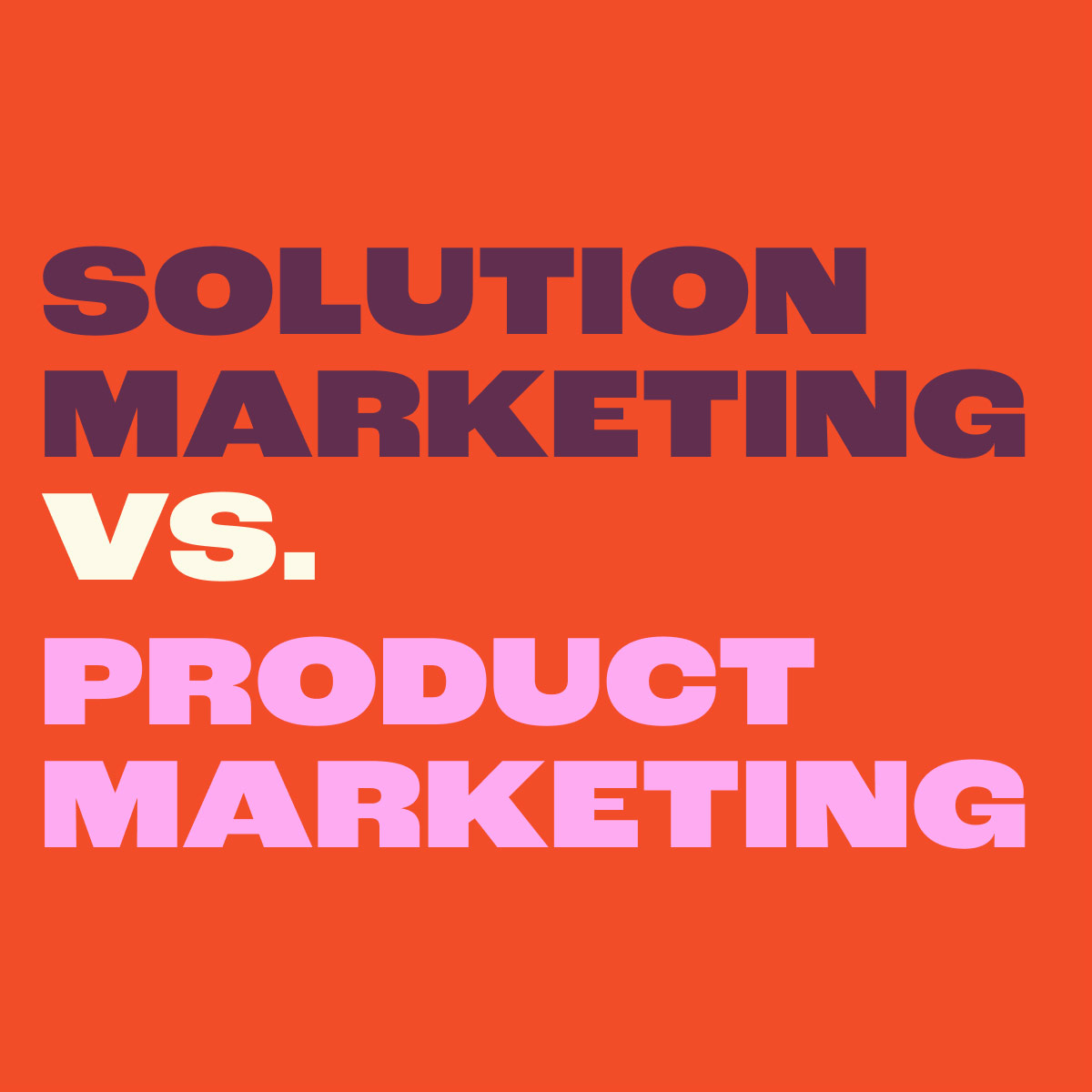The ability to leverage advanced marketing analytics to measure performance continues to increase yearly. This is so much the truth that the real question isn’t whether you can measure an interaction, but rather whether you should measure that interaction.
A recent search on G2 Crowd for marketing analytics software surfaced over 200 platforms they felt were worthy of including in their “best of” lists. As tools proliferate, the temptation to measure everything grows exponentially.
But should you? Are more metrics going to make a difference? Or are marketers better off with less but more impactful measurables?
WHEN MORE ISN’T MORE
Early in my career, I worked with a leadership team that went all in on the KPI train. The team had to compile, analyze, and report over 50 indicators every month. It is safe to say that “key” was hardly an appropriate descriptor for many of the metrics that were tracked, analyzed, and reported. Yet new measures were added regularly, with, seemingly, none of the old ones ever coming off.
The result was hours and hours spent on reporting what happened and never enough time spent analyzing why it happened and what we could do to make it happen again.
Of course, the opposite challenge of over-analysis is marketing teams that operate with no objective measures or, worse, only track vanity metrics. This approach too often incentivizes counterproductive activities for a marketing team and low performance for the brand.
AN OBJECTIVELY BETTER APPROACH
In his book Measure What Matters, John Doerr preached a more disciplined, outcome-oriented approach to how brands should measure their performance. The concept was relatively simple. Doerr wrote about the importance of using OKRs, “objectives and key results,” to measure performance. These OKRs are similar to a traditional KPI but emphasize the objective you are trying to drive and the measure you will use to track progress toward your goal.
While many of the examples that Doerr used in his book were centered around mega-brands like Google, Intel, and Adobe, any brand can apply these same principles to develop an impactful marketing objective.
A few marketing objective examples you might consider for your brand.
AWARENESS AND CONSIDERATION
Traditional brand awareness studies are time-consuming and can sometimes rely on small sample sizes. Instead, one approach is to leverage proxy measures to track the overall impact.
Objective: Increase brand awareness and consideration
Key Result: Grow monthly branded search online by 20% over the next 12 months
EVALUATION AND INTENT
For many brands, the purchase cycle can be a more considered process. Using “speed to purchase” ecommerce metrics for these brands can lead to marketers missing key signals from buyers.
Objective: Improve evaluation and purchase intent among prospective buyers
Key Result: Raise the number of returning site visits along with the number of page views of product and pricing pages by 15%
LOYALTY AND RETENTION
Brands often wait too long to find out if they have loyalty and retention issues. Monitoring customer engagement from the beginning can help head off cancellations at renewal time.
Objective: Reduce first-year customer churn
Key Result: Increase the frequency of customer logins by 30%
While these are only a few examples, the idea is first to identify the overarching objective and then construct a measurement plan to objectively understand whether your marketing activities are driving the results you need.
GETTING STARTED ON YOUR ANALYTIC JOURNEY
Always start with the big picture: your primary objective. What is it? Imagine sitting around a table with your team 12 months from now. Everyone is high-fiving each other because of the fantastic success you’ve seen.
What happened that made everyone excited? That big audacious goal might be your objective.
And from there, think through three to five measurable actions you can track toward achieving your goal. If a data point doesn’t fall into one of these actions, it may not be significant enough to monitor.
Now you’re ready to launch with the focus you need to succeed.


